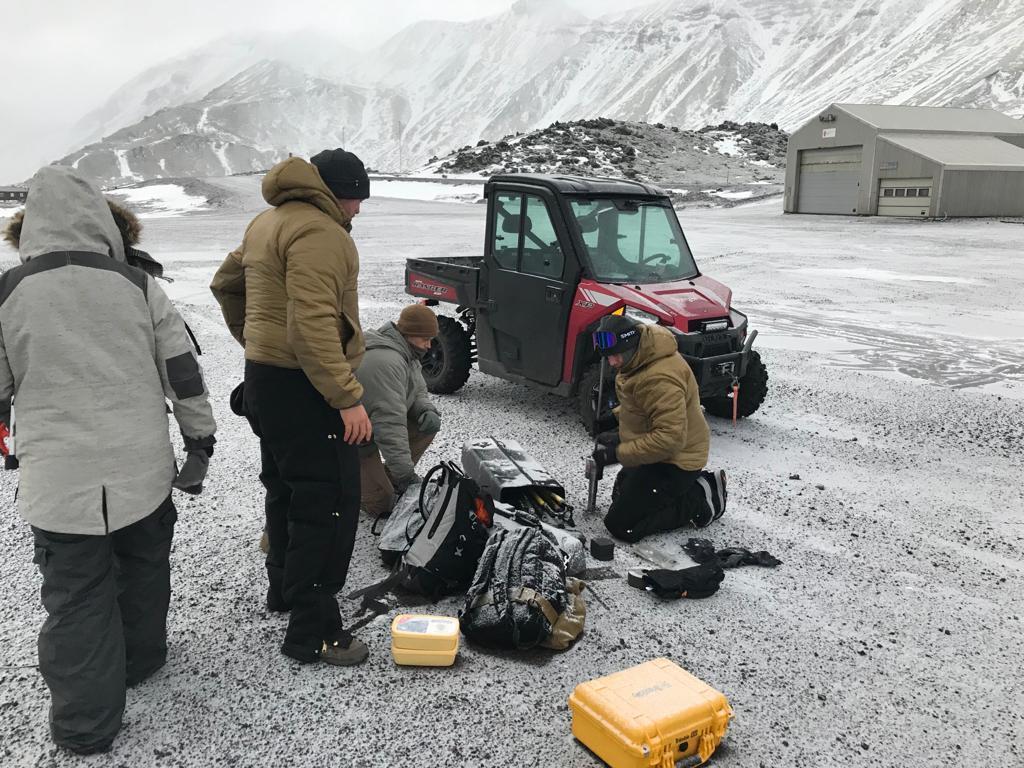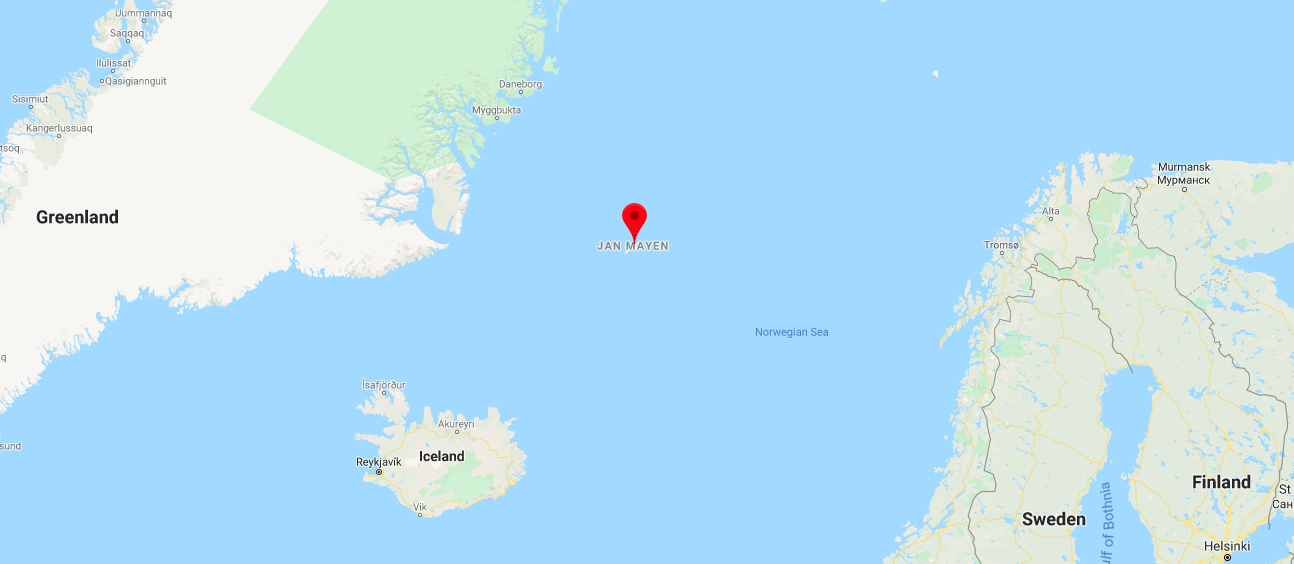A US helping hand to Norway in Jan Mayen also extends the Pentagon’s Arctic reach
The Pentagon is considering helping Norway resupply remote Jan Mayen island. Doing so would also give the U.S. a foothold in a strategically important corner of the Arctic.

Jan Mayen, a Norwegian outpost at the edge of the Arctic, is known by that country’s military as its “most exotic” workplace. Earlier this month, however it become one of the region’s most hotly discussed pieces of real estate, after it emerged that specialists from the U.S. Air Force had visited in November to inspect a runway to assess whether American cargo planes could land there.
The American visit, which was made public in a Pentagon press release on December 25, and first written about by Business Insider, a news outlet, on January 14, came after the Norwegian defense ministry requested that U.S. planes assist with regular resupply missions to the island.
The statement emphasized that should it offer assistance, its aircraft would be only in transport personnel and supplies, but an Air Force official later told Business Insider that Jan Mayen “would add another option” for U.S. planes in the Arctic.

Recognized as a part of Norway since the 1920s, Jan Mayen is under the administrative control of the governor of the mainland county of Nordland — but with no permanent population, and with 14 of the 18 people currently living there employed by the defense ministry (though only the station commander is a member of the armed forces) the military is primarily responsible for maintaining a Norwegian presence there, including co-ordinating the twice monthly supply flights.
Those flights have become harder to keep up after the Norway’s air force committed one of its four cargo planes to a U.N. peacekeeping operations in Mali in April.
Although the runway is used regularly by Norwegian cargo planes, before U.S. planes can land there, it must be approved by specialists who, according to the U.S. Air Force, are trained to maintain and establish runways in “potentially austere forward operation locations.”
Jan Mayen is mostly used as a weather station, but the Pentagon noted that the island is “strategically” located north of the Arctic Circle along sea routes connecting Russia to the Atlantic Ocean.
[NATO in the Arctic: Mind the GIUK]
The inspection of Jan Mayen comes as U.S. military leaders have repeatedly called attention to Russia’s efforts to revive its submarine forces in the North Atlantic. Similarly, Washington has become concerned that Russia has gained a military advantage in a region that is becoming increasingly important economically.
In order to counter this, the Pentagon last year re-established the U.S. Navy’s second fleet and made it responsible for patrolling all of the Atlantic and Arctic oceans. Combined with the revival of a naval air base in Keflavík, Iceland, this will allow the U.S. to hem in Russian submarines seeking to enter the Atlantic from ports in the Barents Sea by preventing them from passing through what is known as the Greenland-Iceland-UK (GIUK) gap. One of the U.S. military’s key missions during the Cold War, it was abandoned as the threat from Russia waned and Washington shifted its focus to operations in Iraq and Afghanistan.
But while the U.S. could reduce the threat posed by Soviet submarines by preventing them from passing through the GIUK gap during the Cold War era, Russia’s development of longer-range weapons has means that the U.S. is likely looking to keep them further north, according to Steve Wills, of the Center for Naval Analysis, a think tank.
“Unfortunately, current references to the GIUK gap harken back to a different time and strategic situation that is markedly different from the situation today,” he wrote in 2018, after the Navy announced it would re-establish its second fleet.